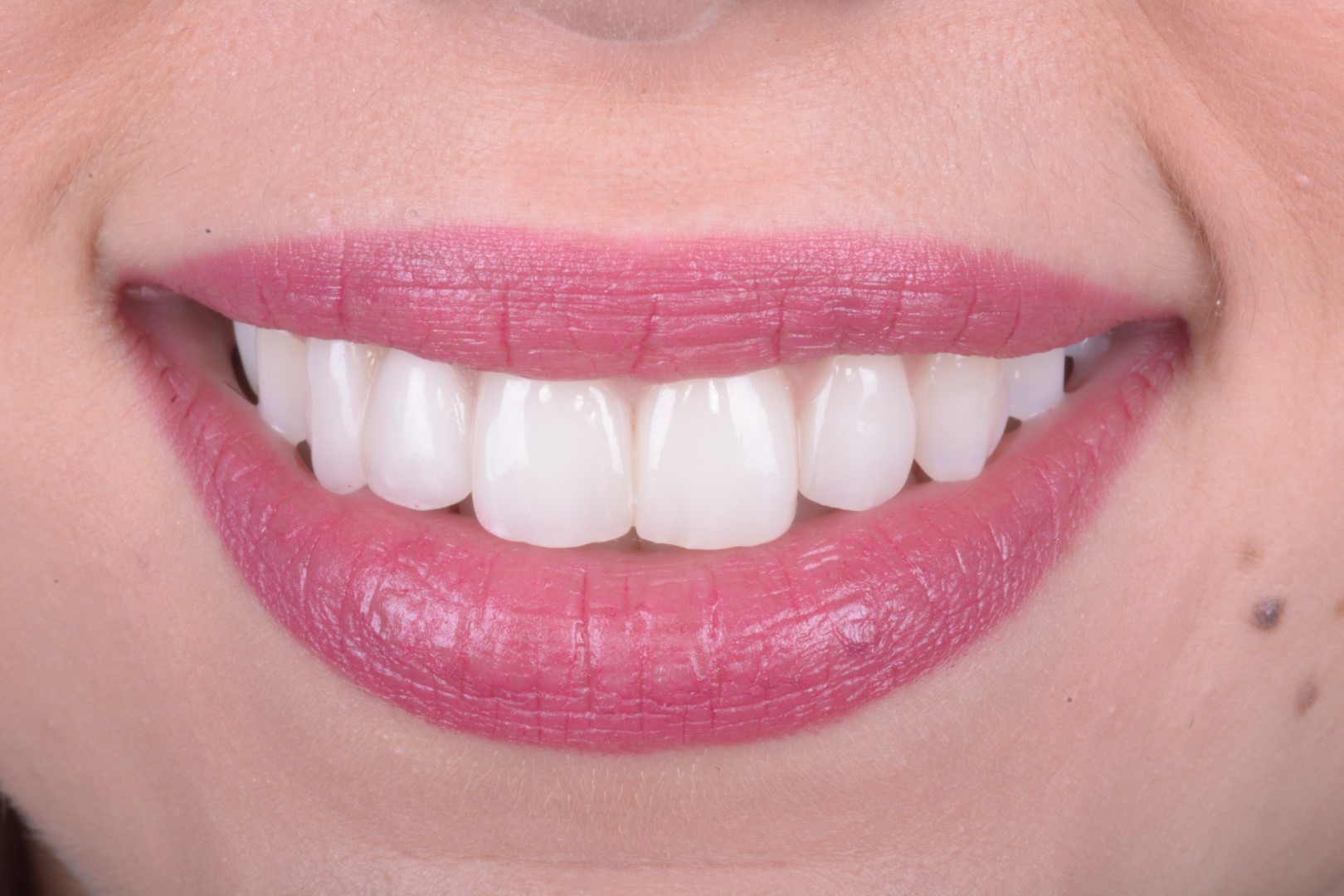Ceramic veneers are thin ceramic foils similar to contact lenses. They can be applied on one or more teeth and are used to correct color, shape, size, and position and to close the inter-proximal spaces, i.e., the spaces between one tooth and another, called diastemas.
The precision and aesthetics of ceramic veneers are closely linked to the competence and experience of the dentist and dental ceramist technician.
The aesthetic result of the application of dental veneers is directly proportional to the quality of the service offered.
Cheap dental veneers
Low-cost dental veneers, widely used today, have an extremely “artificial” appearance that is evident to anyone interacting with the wearer.
The unnatural appearance of these prostheses is due to a monochromatic and reflective tint, which does not correspond to the natural dental appearance.
In addition to aesthetic failure, these low-cost devices often harm the oral ecosystem due to their constructive and applicative imprecision, giving rise to the onset of caries, periodontitis, and halitosis.
Quality dental veneers
On the other hand, high-quality dental veneers, in addition to being extremely precise, offer a natural appearance that acts on the overall aesthetics of the patient, going unnoticed even by the most discerning observers.
This characteristic is linked to the fact that the ceramic is layered, giving the device a three-dimensional chromatic depth similar to that of the natural tooth.
The Calesini studio specializes in this type of restoration, and some of the most appreciated European ceramists collaborate with us.

Before

After
